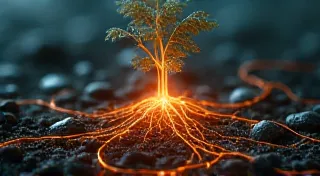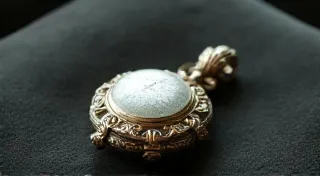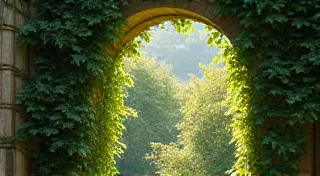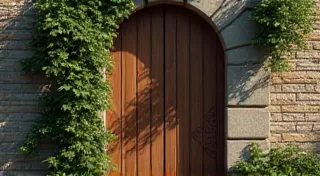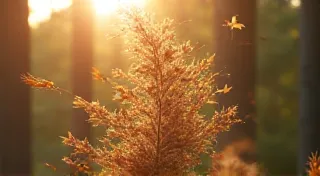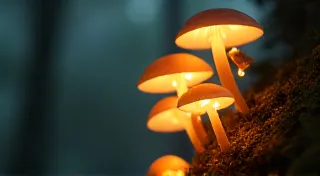The Clockwork Bloom: Automating Miniature Garden Irrigation
There’s a certain resonance, isn’t there? The delicate intricacy of a miniature garden, a landscape held within a few square inches, evokes a quiet awe. It reminds me, in a peculiar way, of antique accordions. I inherited my grandfather’s accordion – a Hohner Monarch from the 1930s, all ivory keys and intricately folded bellows. The way it breathes, a mechanical sigh of music, speaks of a time when craftsmanship wasn't just about function, but about enduring beauty and meticulous detail. Just as my grandfather carefully maintained his accordion, ensuring each reed resonated perfectly, so too must we nurture the tiny ecosystems we create in our dollhouses. And lately, I'm finding that automation, a subtle form of clockwork, can be the key to their continued flourishing.

The Challenge of Tiny Landscapes
Miniature gardening isn't just about selecting diminutive plants (and believe me, curating a miniature garden plants list is an art in itself!). It’s about recreating an entire ecosystem on a scale that demands constant attention. The humidity levels, the soil moisture, the light – all are critical, and all are easily thrown out of balance. I remember spending countless hours misting my miniature Victorian gardens, a tedious process that often resulted in wilted leaves and frustrated sighs. That’s when I began exploring automation – a way to relieve the burden while ensuring the longevity of my tiny landscapes. The overall aesthetic is crucial too; often, the choice of planter, and the artistry with which it's crafted, can elevate the entire scene. If you're drawn to creating these beautiful miniature worlds, exploring options for Clay Vessels of Dreams: Crafting Scale Model Flower Pots with Soul might inspire your next project.
Exploring Automated Irrigation Systems
The beauty of automating miniature garden irrigation lies in its adaptability. There’s no one-size-fits-all solution; the best system depends on the size of your dollhouse garden, the types of plants you’re growing, and your level of technical comfort. Let’s consider a few options, moving from simple to more complex.
Passive Self-Watering Systems
The simplest approach involves passive self-watering systems. Think of wicking systems, where a reservoir of water is connected to the soil via a cotton or felt wick. These are remarkably effective for plants that thrive in consistently moist conditions, like mosses and miniature ferns. Another option is a water-filled bottle buried in the soil, slowly releasing moisture as it’s absorbed. These are incredibly low-tech, requiring no electricity, and are a great starting point for beginners. When it comes to indoor miniature garden designs, these options are particularly appealing for their subtlety.
Small-Scale Pumps and Timers
For more involved systems, a miniature submersible pump and timer offer a more controlled approach. The pump, often salvaged from a broken fountain or purchased specifically for hobbyist applications, sits in a small water reservoir. A timer regulates the pump’s operation, delivering measured doses of water at pre-set intervals. This allows for customized watering schedules that cater to the specific needs of different plants. For instance, succulents might require less frequent watering than moisture-loving mosses. Think of it as a little mechanical orchestra, each pulse of the pump a note in the symphony of your garden. Proper drainage is essential for preventing root rot, and choosing the right scale model flower pots truly elevates the realism of your miniature landscapes.
Creating Miniature Greenhouses
Automating irrigation becomes even more critical when incorporating The Glass Labyrinth: Designing Miniature Greenhouses for Delicate Blooms within your dollhouse. The enclosed environment naturally increases humidity and temperature, accelerating water loss. A small, automated misting system, combined with a timer, can perfectly replicate a tropical rainforest microclimate. This also enables you to experiment with plants that wouldn’t normally thrive in your home environment. It's a way to push the boundaries of what's possible and create truly unique and captivating miniature worlds.
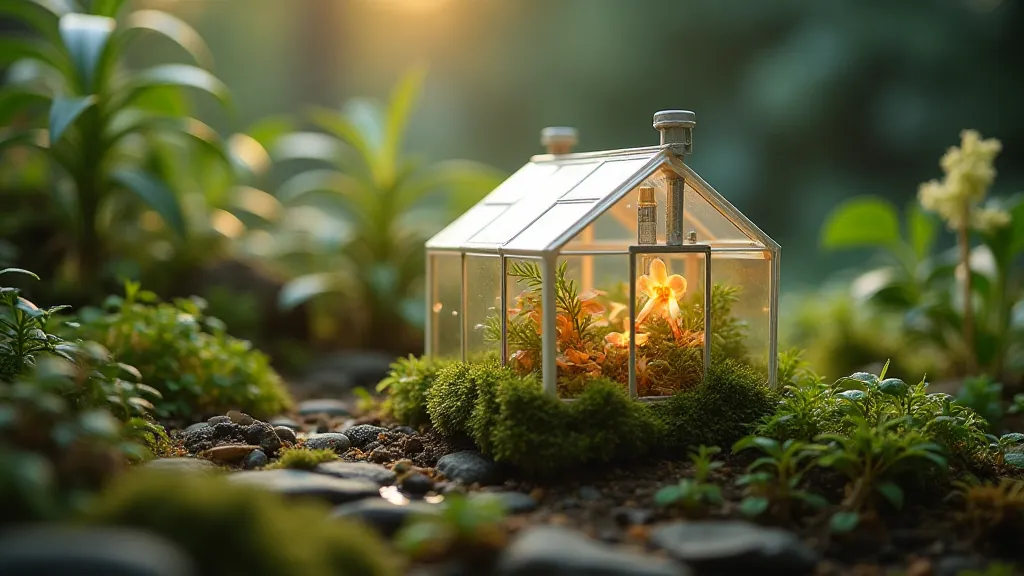
The Art of Miniature Moss Cultivation
No miniature garden is complete without moss. The velvety texture and vibrant green hues bring a sense of wildness and realism. Miniature moss cultivation, however, demands precise moisture control. Automated misting systems are virtually indispensable for maintaining the ideal humidity levels. Different moss varieties have different needs, so a programmable timer allows for fine-tuning the watering schedule to suit each species. Experimentation is key - observe how your mosses react and adjust accordingly. Creating a harmonious palette and carefully selecting complementary colors is essential for a visually appealing scene. Much like a cartographer meticulously plans a map, a miniature gardener considers the overall composition and color harmony. For inspiration on color combinations, consider exploring The Cartographer's Palette: Mapping Color Harmonies in Miniature Scenes.
Soil Mixtures and Drainage – The Foundation of Success
Before even considering automation, it’s crucial to establish a solid foundation. The right soil mixture is paramount. A well-draining mix, incorporating ingredients like perlite, vermiculite, and coco coir, prevents root rot and ensures even moisture distribution. Consider incorporating slow-release fertilizer to supplement the plants' nutrient intake. Proper drainage is equally important – a layer of gravel at the bottom of the planter pot prevents waterlogging.
Scaling Down – Equipment and Supplies
Finding the right fairy garden supplies online for miniature irrigation can be a surprisingly enjoyable challenge. Miniature pumps are often available from hobbyist suppliers or can be salvaged from broken water features. Timers can be purchased online or at hardware stores. When it comes to reservoirs, anything from small glass jars to repurposed plastic containers can be used. The key is to be resourceful and creative. Finding the right scale model flower pots is also essential for a realistic look. Think about the details that would be found in a perfectly maintained Victorian garden – the quality of the materials, the precision of the craftsmanship. Seeking out unique and authentic miniature elements can really bring a scene to life. If you are drawn to collecting such treasures, looking into The Collector’s Nook: Sourcing Vintage Miniature Garden Elements may provide further inspiration.
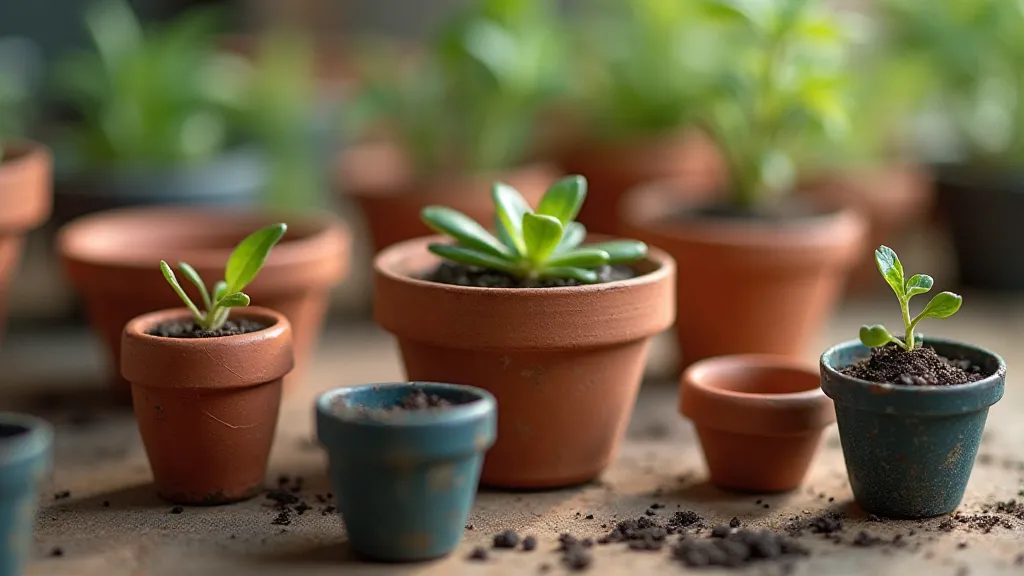
Lessons from the Past – Restoration and Appreciation
My grandfather’s accordion reminds me that true beauty often comes from careful maintenance and appreciation for the past. Restoring an antique instrument is a meticulous process, requiring patience, skill, and a deep understanding of the mechanics involved. Similarly, creating and maintaining a miniature automated garden requires a commitment to detail and a willingness to learn. It's a microcosm of a larger philosophy: to appreciate the beauty that surrounds us, we must be willing to nurture it. The process of creation, like restoring an antique, demands attention to detail and a respect for the materials used. Consider how your miniature garden might reflect a specific historical period or design style.
The gentle hum of a miniature pump, the subtle drip of water nourishing tiny plants - these sounds are a testament to the power of ingenuity and the enduring appeal of bringing a touch of nature into our homes, even on a scale as small as a dollhouse. Beyond just automating the watering process, consider the impact of lighting, sound, and even scent to create a truly immersive experience. The beauty of a miniature garden lies not just in its visual appeal, but in the story it tells and the sense of wonder it inspires.
Furthermore, remember that experimentation is key. Don’t be afraid to try new techniques and explore different approaches. Even mistakes can provide valuable lessons and lead to unexpected discoveries. The journey of creating a miniature automated garden is one of continuous learning and refinement.
Finally, share your creations! Connect with other miniature enthusiasts online or in person. Exchange ideas, offer encouragement, and celebrate the joy of creating these tiny worlds together. The miniature gardening community is a vibrant and supportive network of passionate individuals who share a love for all things small and beautiful.
